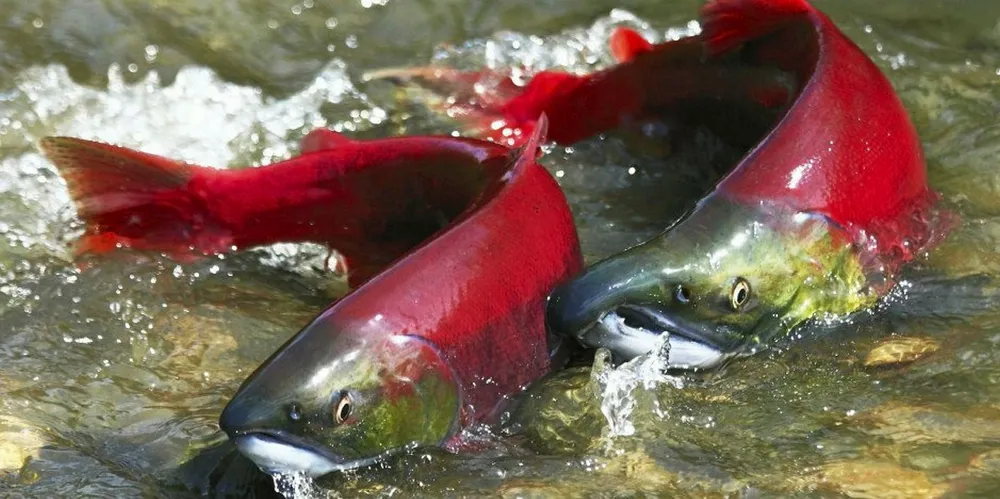Would closing the Bristol Bay sockeye salmon season hurt fish populations?
Some fear a lack of harvest could lead to an eventual population crash. Experts gave IntraFish their thoughts.

Some fear a lack of harvest could lead to an eventual population crash. Experts gave IntraFish their thoughts.
